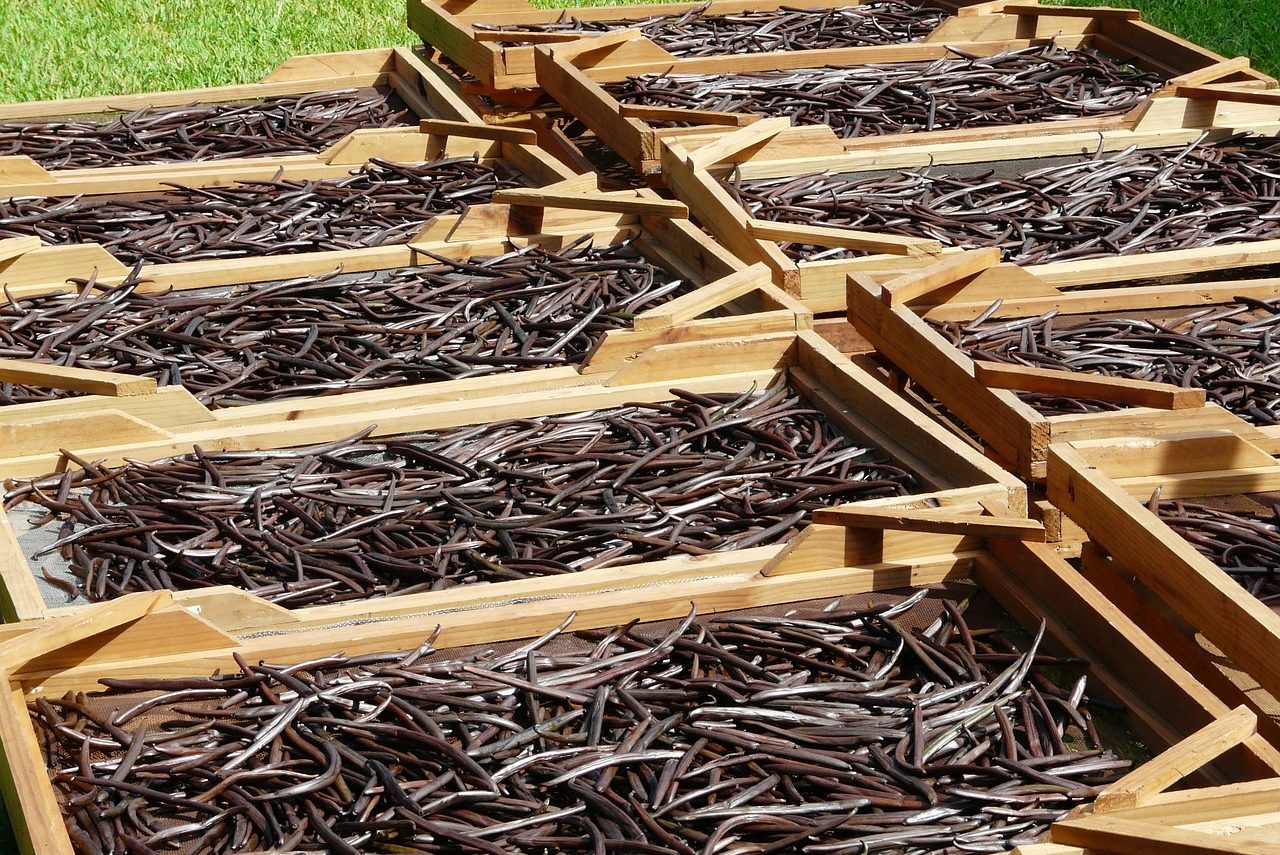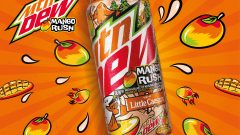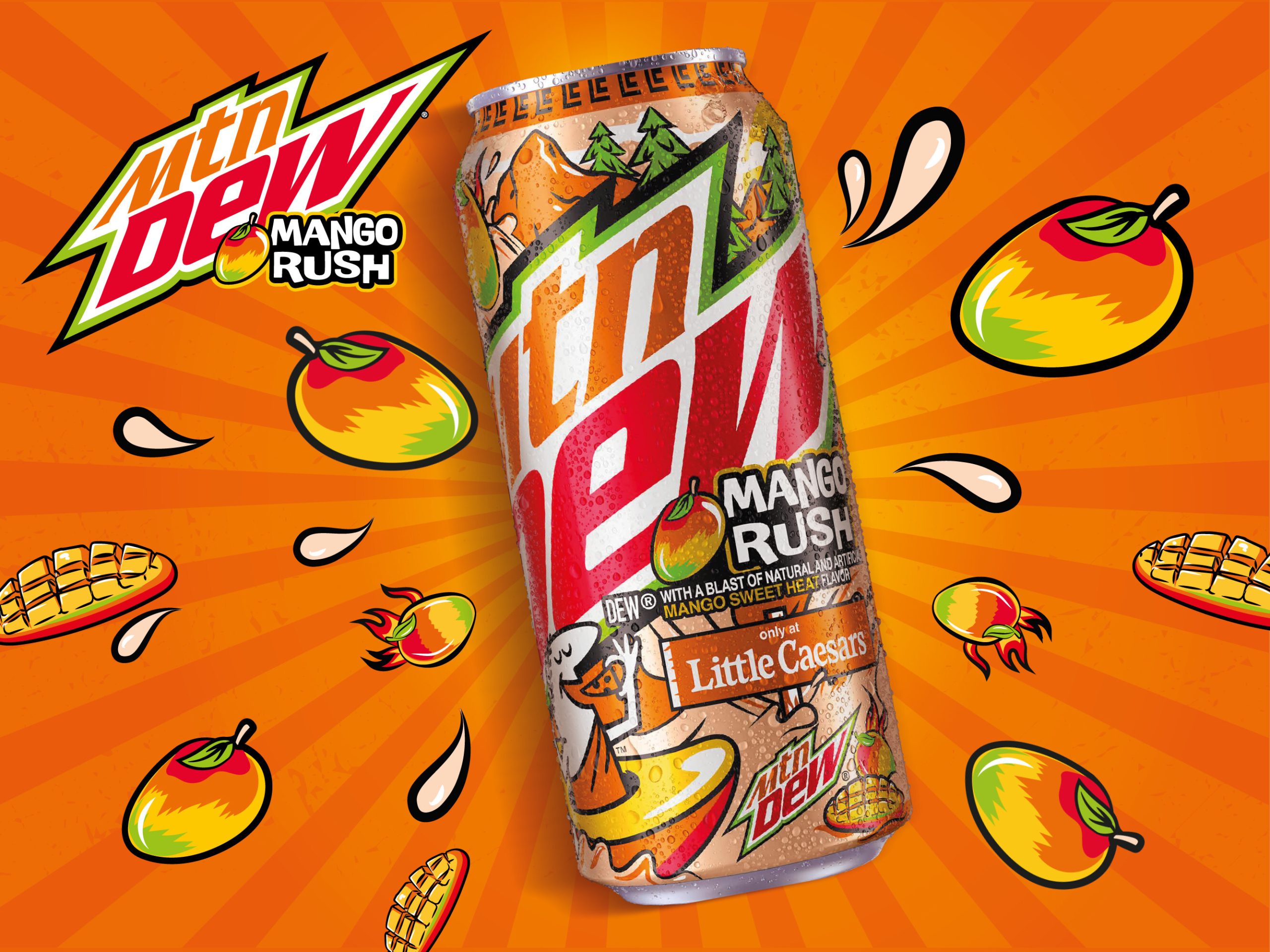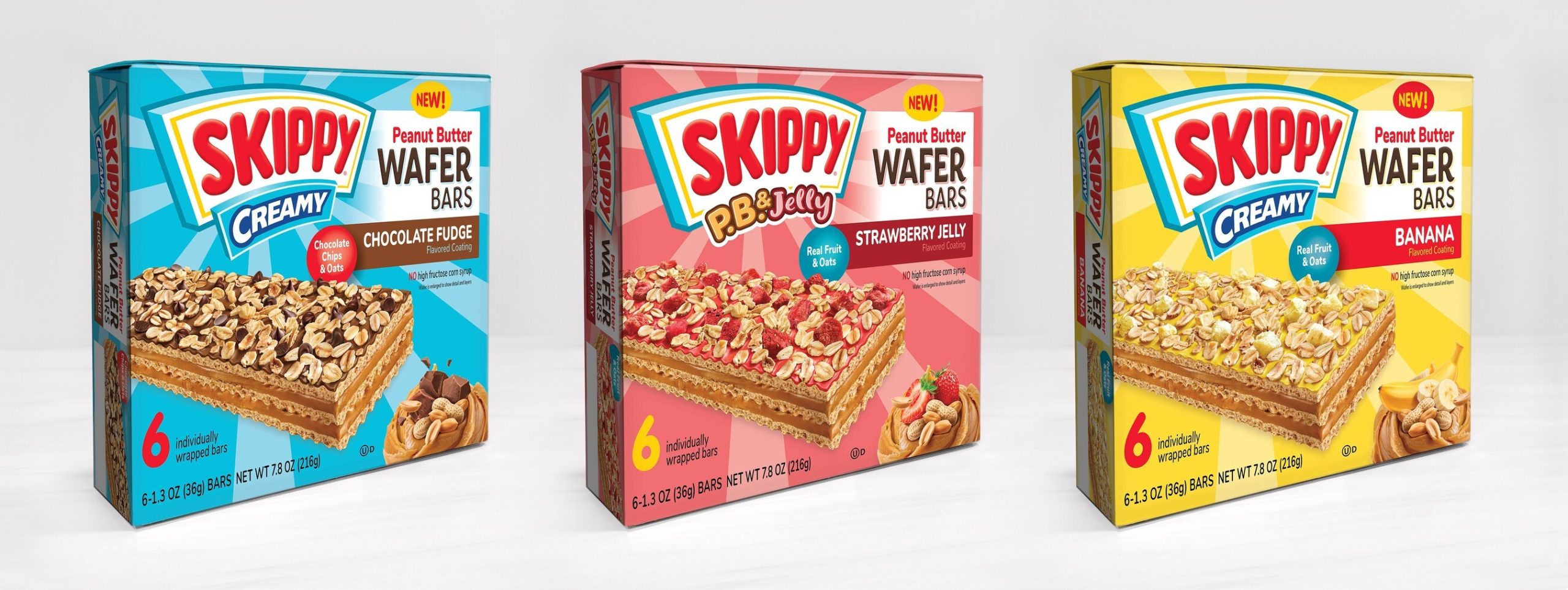Dessert Prices Are Going Up Due To HUGE Vanilla Shortage

Five years ago, the vanilla market was doing great. Prices were at about $20 per kilogram, crops were yielding as expected, and we could all enjoy our vanilla ice cream and other sweets without the prices fluctuating a ton.
Fast forward five years, and the vanilla market has turned into a mess. Prices have more than doubled in the past year, with vanilla’s cost going from $200-$250 a kilogram in January 2016 to a whopping $500 per kilogram this past month. According to Food Business News, we haven’t reached a vanilla price this high since 2003.
Why is the market so volatile right now? Crops aren’t doing as well as we’d hope. In Madagascar, where 85% of the world’s vanilla is produced, crop yields for 2016 are now projected to be at a measly 1,200 metric tons (where 1 metric ton is roughly 2200 pounds). In comparison, a good crop yield on vanilla is usually around 2,000 metric tons or more, so we’re at about half of the vanilla that we want to be at for the year.
While other vanilla-producing countries like Indonesia are expected to help alleviate the price point a little bit, we’re probably looking at another rough year for vanilla prices – and the cost of a lot of products we love are going to increase as a result.

Vanilla ice cream will obviously be one of the major products hit, as will be any other food products that rely on vanilla for flavor. It won’t increase the cost by a lot, since vanilla isn’t used at a particularly high level (usually no more than one percent of a product). But you can expect the cost of vanilla ice cream, cheesecakes, puddings, pound cake, donuts, chocolate chip cookies, Oreos, and many other desserts and sweets in stores to rise a few cents as a result. Scoop shops could see costs rising as high as 40 cents for multiple-scoop products like sundaes.
Some companies will probably also begin shifting their vanilla source to alternatives. By alternatives, I mean that companies will look for sources of the flavor compound vanillin that don’t involve sourcing the highly expensive (but native) source of vanillin. This could be anything from biosynthetic vanillin, artificial vanillin, or natural vanilla-style flavors.
Hopefully, these will be the highest prices for vanilla we see for a while so that companies aren’t pressured to switch to these alternatives to keep costs down. Food Ingredients First seems to think so, since new vanilla plantations will begin yielding crops and global demand for vanilla should decrease over the next couple of years.
We’ll also be hoping that this year’s crop is a much higher and more robust yield than last year’s.






















